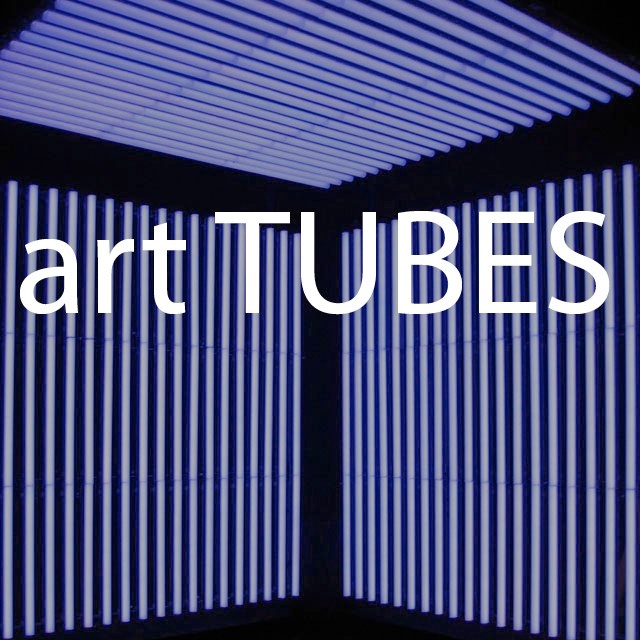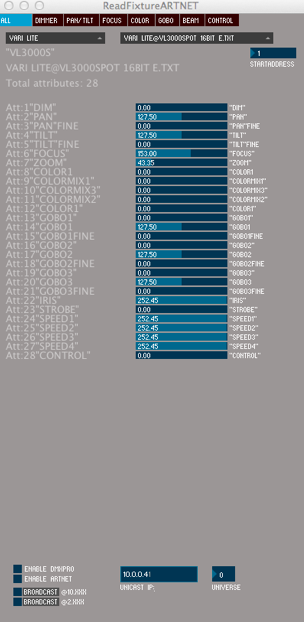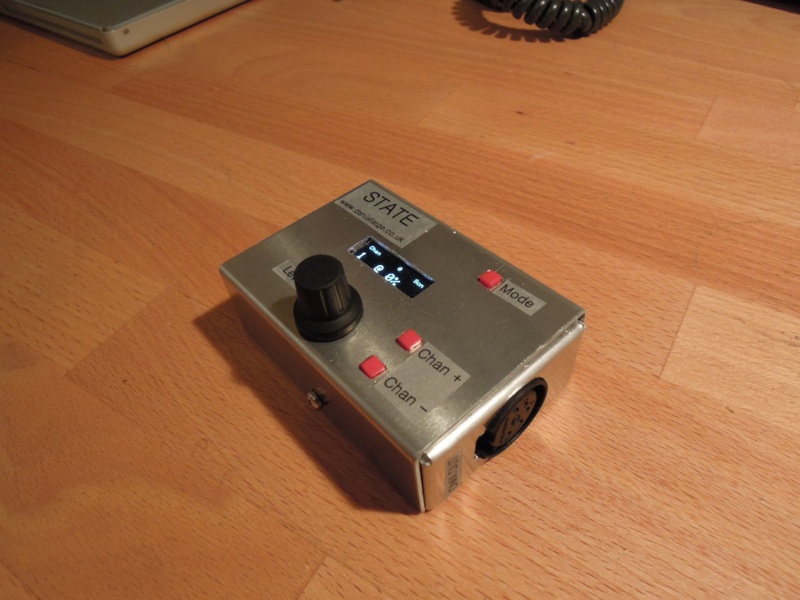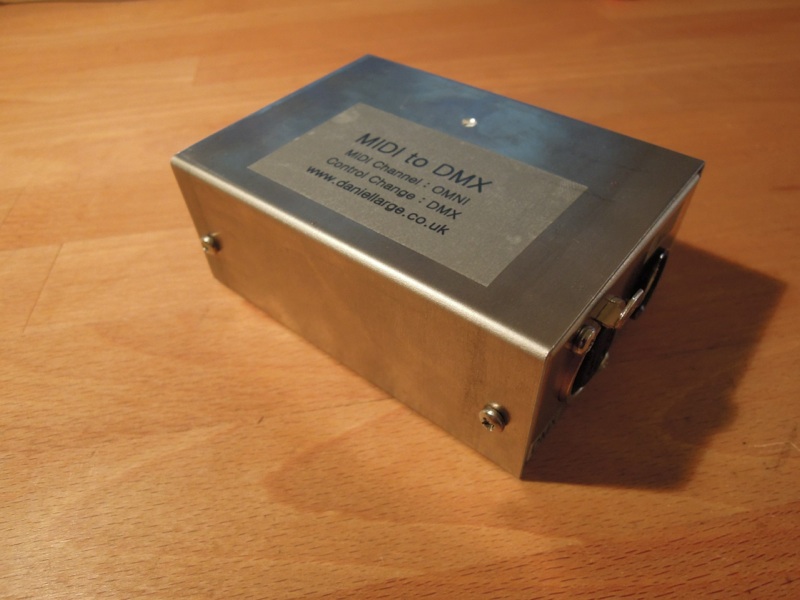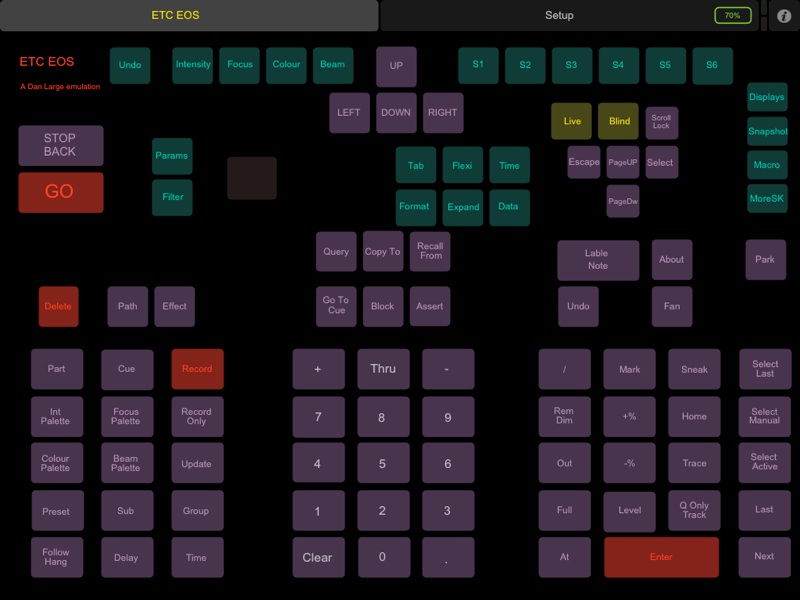
STATE Dmx Testers are back in stock, in black. If you want one in silver that is also ok, but the black looks cool.
I am calling these units R3. They are the same as the ones that are currently out there except for the black finish. Perhaps more interestingly, they have the ability to record DMX Snapshots. So if you plug it into you console you can save a look (or 200 looks) and then play them back at a later date. This might be useful as a backup for example, or for a situation where you need to flash in the setup of a load of standalone fixtures. You could even use it (or loads of them) as little lighting systems for an event. If you were feeling keen, a number of snap shots could be recorded as a test setup for moving lights. The states are saved in non volatile memory, so will be retained if you turn the unit off, or run it completely out of batteries.
Once you have loaded back a memory the levels recorded can be adjusted live. There is currently no fancy fade times etc between memories, it simply records all DMX channels incoming and saves them in a memory marked 0 to 200. There is a bit of space for more memories but I am saving that for future software revisions.

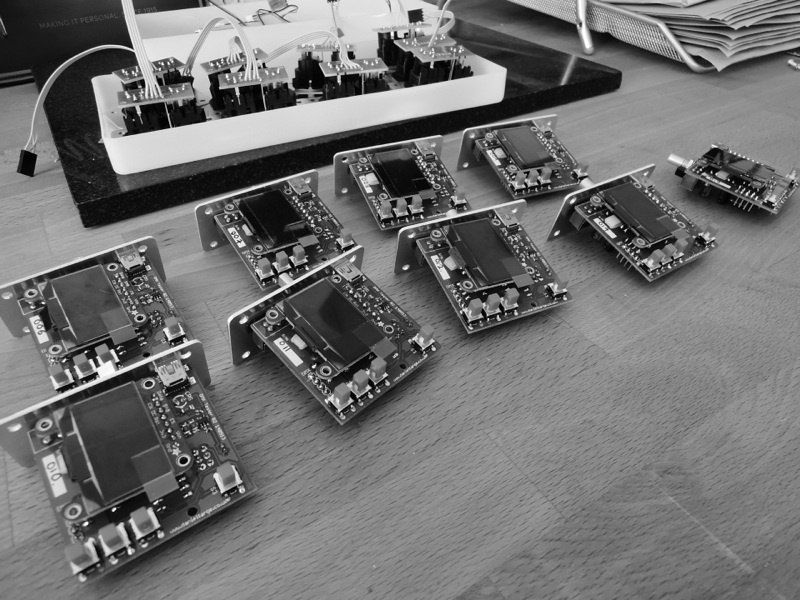

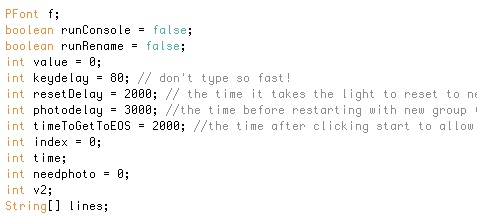




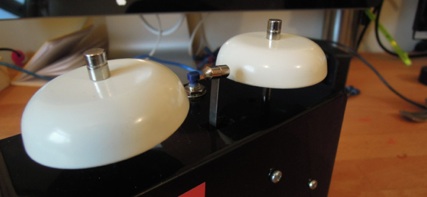
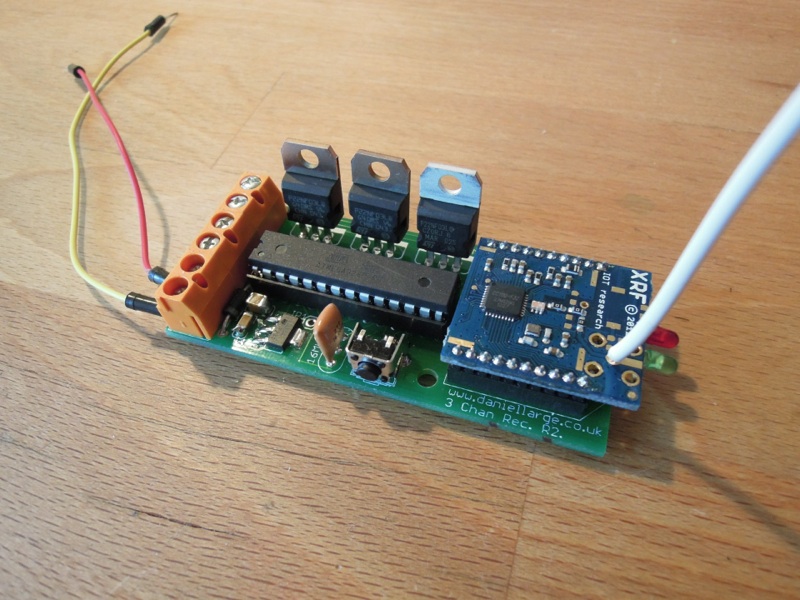 New version of 3 channel radio dimmers have arrived. Similar to the original model, 3 channels of remote controlled PWM dimming suitable for LED tape etc but this time improved with a double sided PCB, an addressing button and greater dimming capacity.
New version of 3 channel radio dimmers have arrived. Similar to the original model, 3 channels of remote controlled PWM dimming suitable for LED tape etc but this time improved with a double sided PCB, an addressing button and greater dimming capacity. A simple device for setting off small pyro smoke cartridges. A safety switch and a fire switch. Used in ‘Macbeth’ at the Trafalgar Studios.
A simple device for setting off small pyro smoke cartridges. A safety switch and a fire switch. Used in ‘Macbeth’ at the Trafalgar Studios.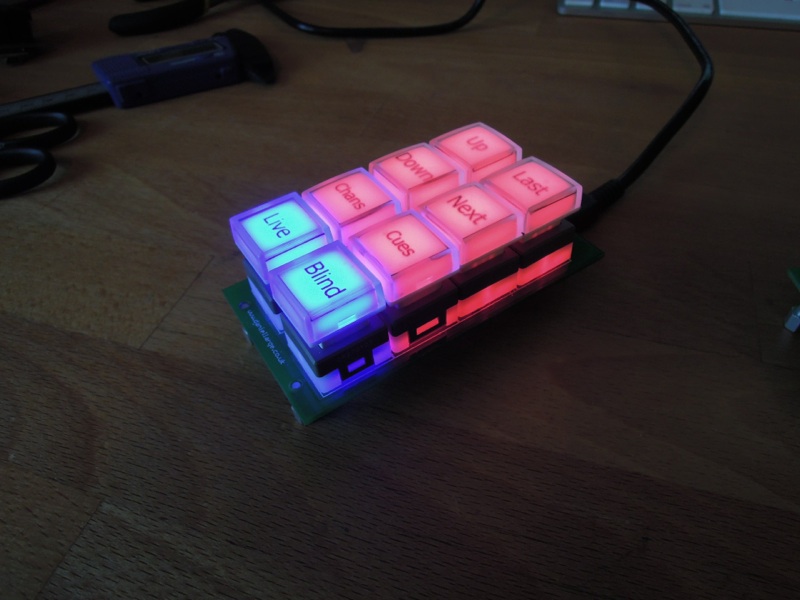 Latest project is 8 good quality programable buttons. Plug into your computer or console via USB. It can press keyboard keys (to suit any lighting online/offline software package) or MIDI via USB, to interact with Qlab etc. The original idea came from a need to give a Lighting designer a remote to navigate his channel display screens. Just needs a box…..anyone with CNC facilities, please call!
Latest project is 8 good quality programable buttons. Plug into your computer or console via USB. It can press keyboard keys (to suit any lighting online/offline software package) or MIDI via USB, to interact with Qlab etc. The original idea came from a need to give a Lighting designer a remote to navigate his channel display screens. Just needs a box…..anyone with CNC facilities, please call!